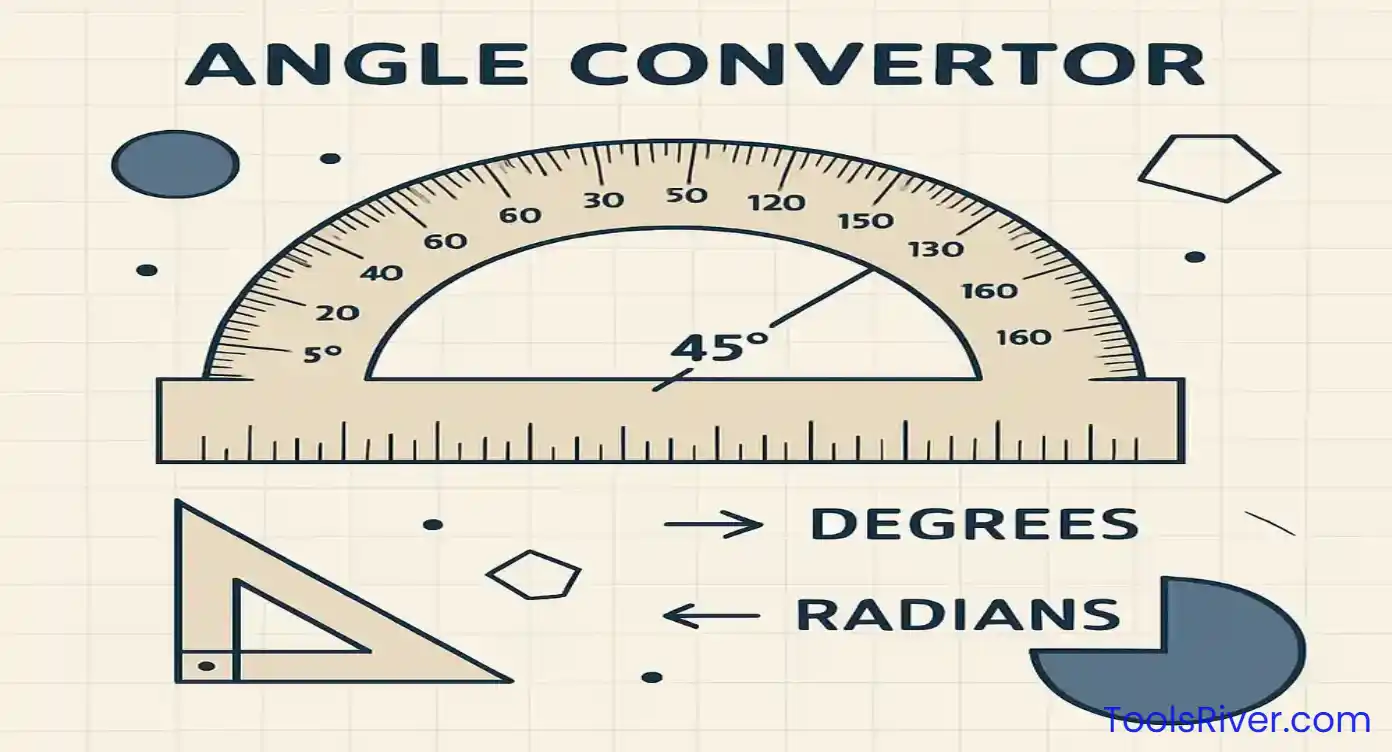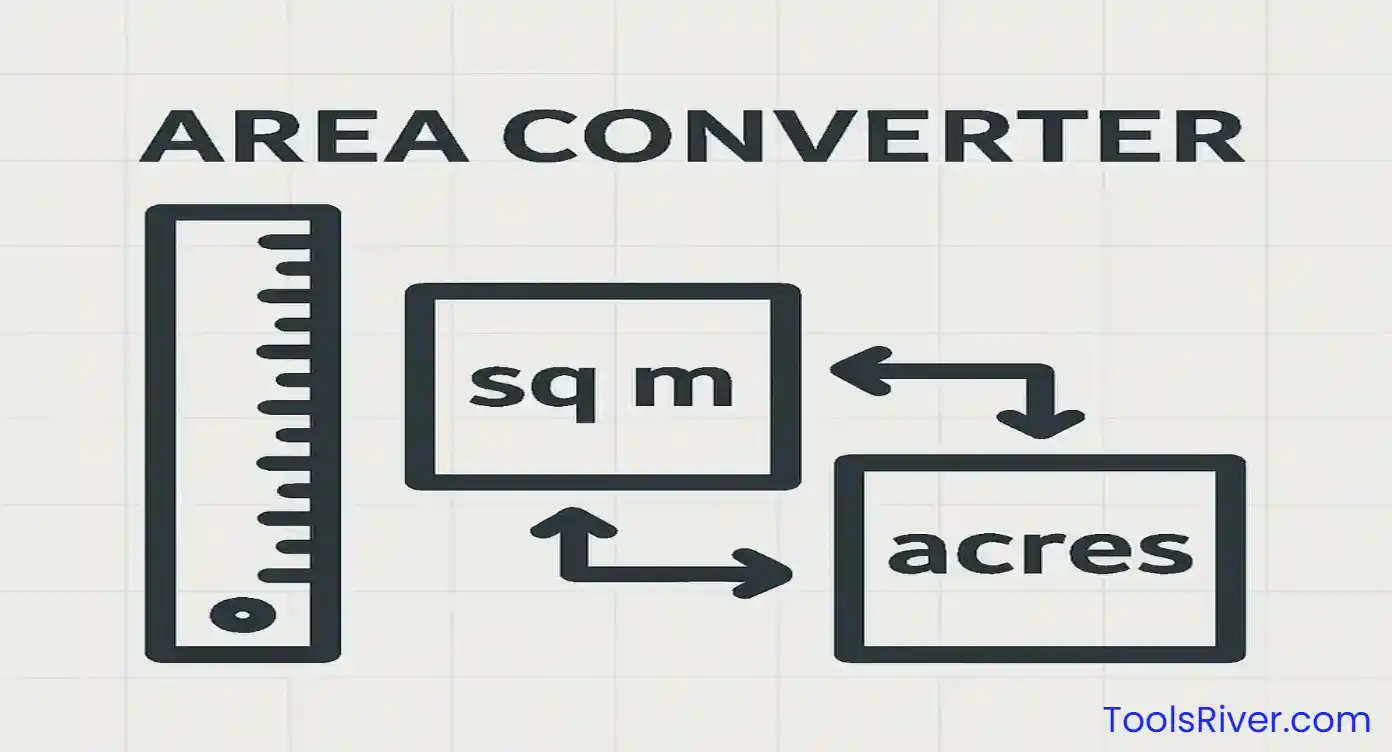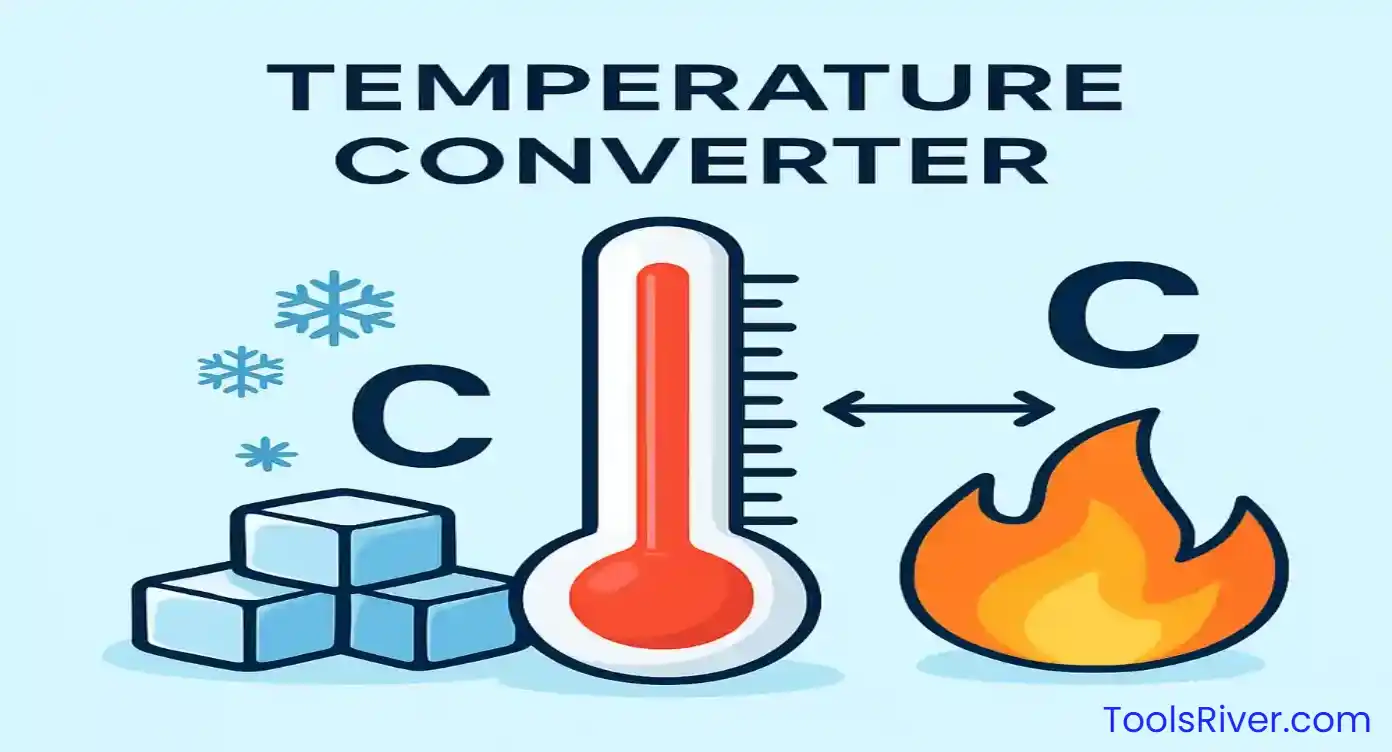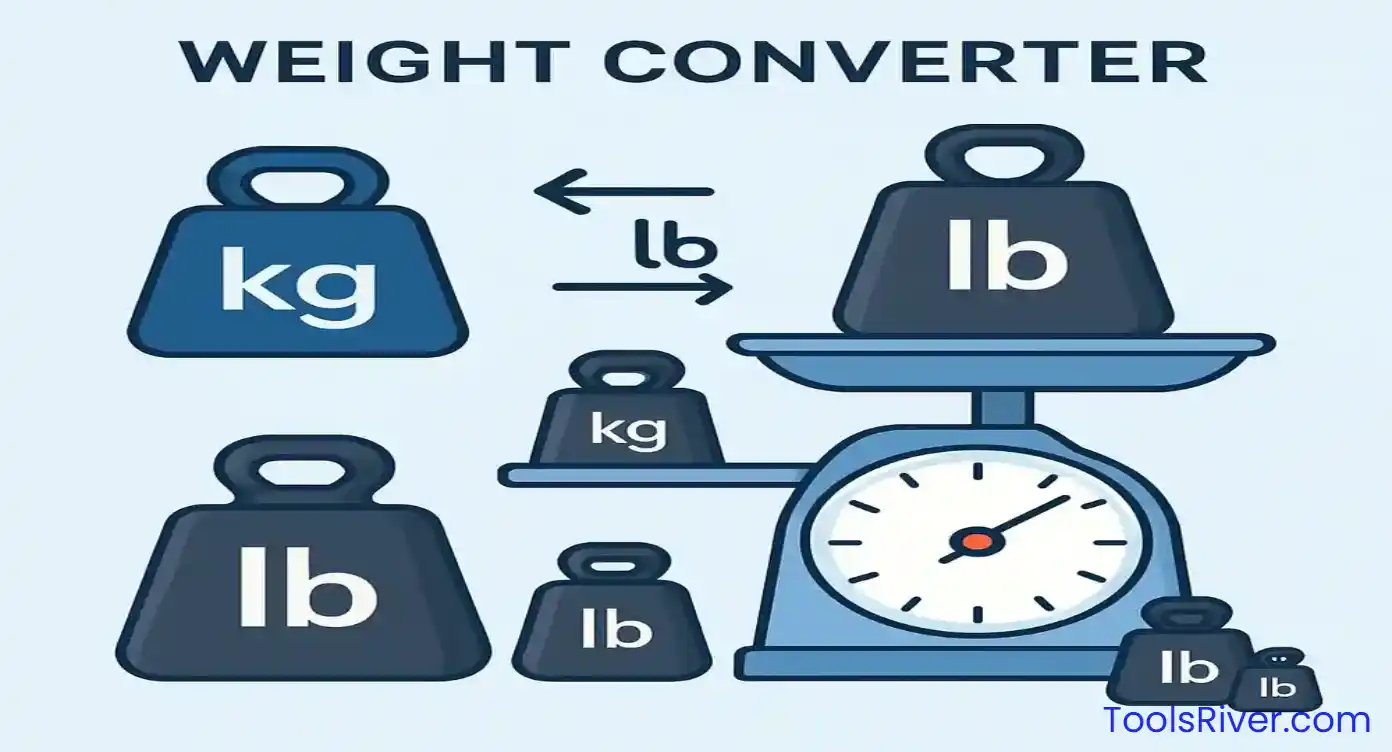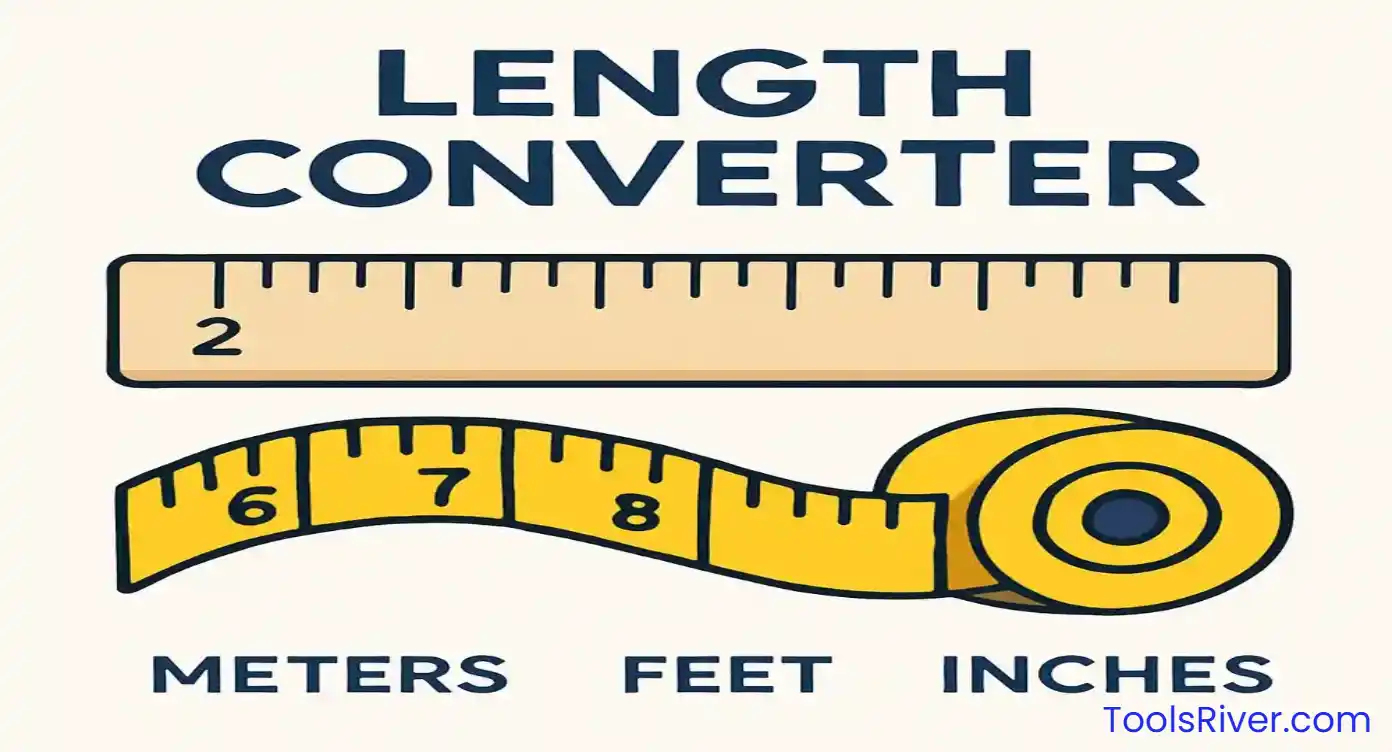Temperature Converter
Convert between Celsius, Fahrenheit, Kelvin & Rankine
Celsius
Fahrenheit
Kelvin
Rankine
Quick Conversions
Conversion Formulas
°C = (°F - 32) × 5/9
°R = °F + 459.67
Complete Guide to Temperature Conversion
Why Use Our Temperature Converter?
Our professional temperature converter tool provides instant, accurate conversions between the four most commonly used temperature scales: Celsius, Fahrenheit, Kelvin, and Rankine. Whether you're cooking international recipes, checking weather forecasts, conducting scientific experiments, or traveling abroad, this tool ensures you always have the right temperature measurement at your fingertips.
Understanding Different Temperature Scales
Celsius (°C)
The most widely used temperature scale globally, Celsius is based on the freezing point (0°C) and boiling point (100°C) of water at standard atmospheric pressure. It's the standard unit in the metric system and used in most countries worldwide.
Fahrenheit (°F)
Primarily used in the United States, Fahrenheit sets water's freezing point at 32°F and boiling point at 212°F. This scale is common in weather reports, cooking, and everyday temperature measurements in America.
Kelvin (K)
The base unit of temperature in the International System of Units (SI), Kelvin is used primarily in scientific applications. It starts from absolute zero (-273.15°C) and uses the same degree increment as Celsius.
Rankine (°R)
Used in engineering applications, particularly in the United States, Rankine is an absolute temperature scale like Kelvin but uses Fahrenheit-sized degrees. It's commonly used in thermodynamics and engineering calculations.
Practical Applications
Cooking & Baking
- • Convert recipe temperatures between metric and imperial
- • Ensure proper oven temperatures for international recipes
- • Verify food safety temperatures
- • Adjust cooking times based on temperature conversions
Weather & Travel
- • Understand weather forecasts in different countries
- • Plan appropriate clothing for travel
- • Compare climate data from different regions
- • Convert historical weather records
Science & Research
- • Laboratory experiment temperature requirements
- • Chemical reaction temperature conversions
- • Physics calculations requiring absolute temperature
- • Material science and engineering applications
Industrial & Engineering
- • HVAC system temperature settings
- • Manufacturing process temperature control
- • Equipment operating temperature ranges
- • Quality control and safety standards
Key Temperature Reference Points
| Reference Point | Celsius | Fahrenheit | Kelvin |
|---|---|---|---|
| Absolute Zero | -273.15°C | -459.67°F | 0 K |
| Water Freezing | 0°C | 32°F | 273.15 K |
| Room Temperature | 20-25°C | 68-77°F | 293-298 K |
| Human Body Temperature | 37°C | 98.6°F | 310.15 K |
| Water Boiling | 100°C | 212°F | 373.15 K |
Conversion Tips and Best Practices
Pro Tip: When converting temperatures for cooking, always round to the nearest 5 degrees for oven settings, as most ovens aren't precise enough to warrant exact decimal places. For scientific applications, maintain the precision of your original measurement.
Accuracy Guidelines
- • Use appropriate decimal places for your application
- • Consider measurement uncertainty in scientific contexts
- • Round appropriately for practical applications
- • Double-check critical temperature conversions
Common Mistakes to Avoid
- • Confusing Celsius and Kelvin (remember the 273.15 offset)
- • Using incorrect formulas for Fahrenheit conversions
- • Forgetting that Kelvin doesn't use degree symbols
- • Mixing up negative temperature calculations
Frequently Asked Questions
Why are there different temperature scales?
Different temperature scales were developed for various practical and scientific needs. Celsius is based on water's properties, Fahrenheit was designed for more precise weather measurements, Kelvin provides an absolute scale for scientific calculations, and Rankine combines absolute measurement with Fahrenheit increments for engineering applications.
Which temperature scale should I use?
The choice depends on your context: use Celsius for general international applications, Fahrenheit for US-based weather and cooking, Kelvin for scientific calculations, and Rankine for specific engineering applications. Our converter makes it easy to work with any scale regardless of your preference.
How accurate are the conversions?
Our temperature converter uses precise mathematical formulas and provides results accurate to multiple decimal places. The accuracy is limited only by the precision of your input value and the intended application's requirements.
Start Converting Temperatures Now
Use our professional temperature converter tool above to get instant, accurate conversions between all major temperature scales. Perfect for cooking, science, travel, and professional applications.



